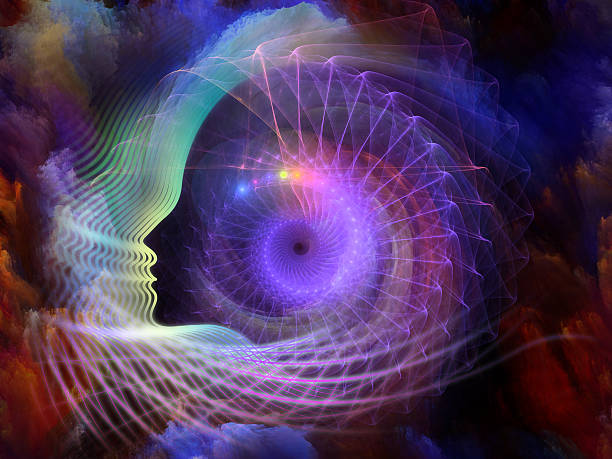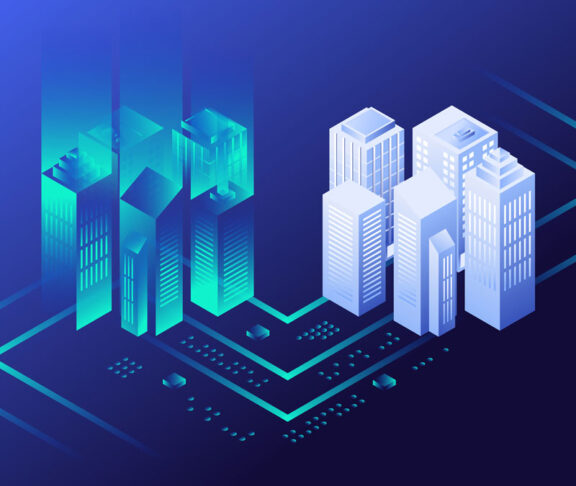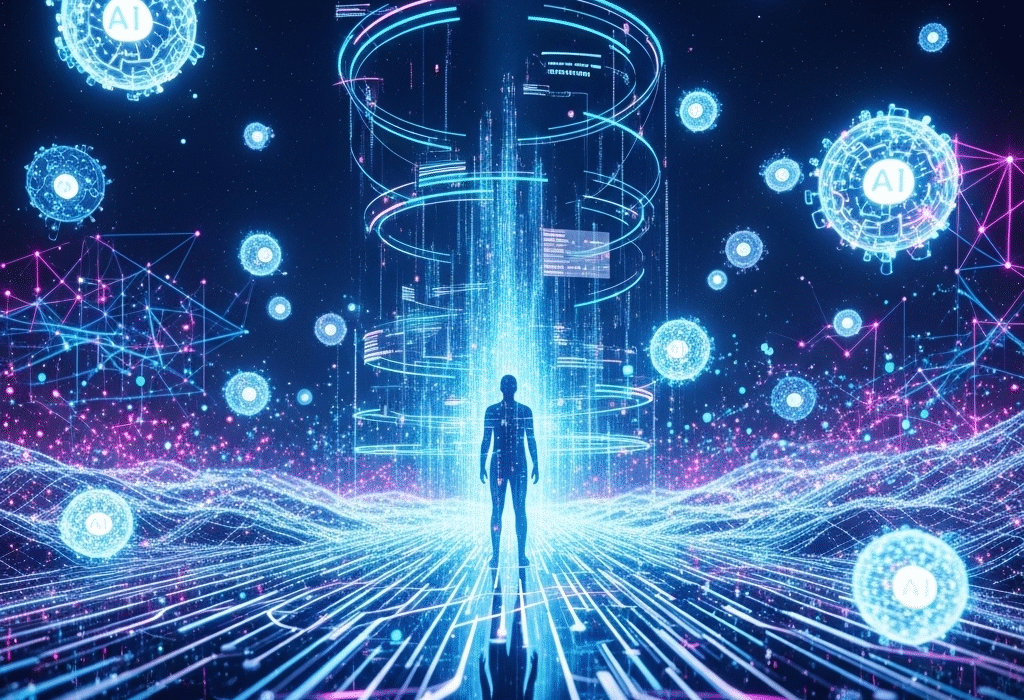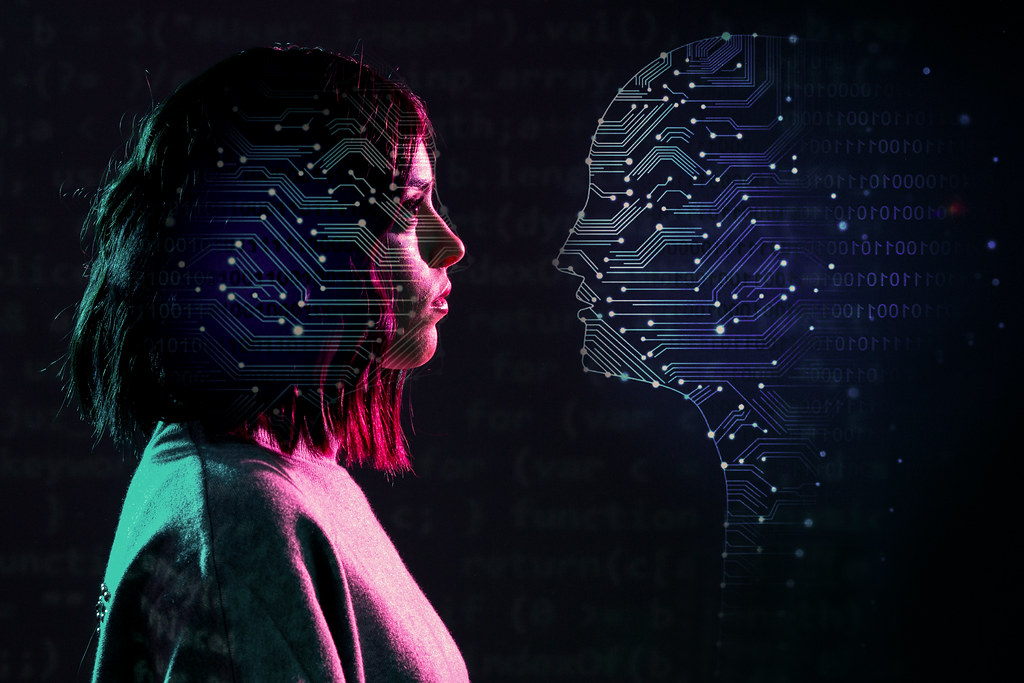Human beings have always sensed that their minds hold possibilities greater than what is ordinarily expressed in daily life. For centuries, poets, philosophers, and scientists have described the human brain as an instrument of almost unfathomable capacity. Yet most of us live within narrow boundaries of thought, memory, and perception. We solve practical problems, recall what is necessary, and imagine just enough to carry us through work and play. What if the limits we accept are not true boundaries at all, but the consequences of unused potential? What if hidden abilities—heightened memory, expanded creativity, or altered states of awareness—are already waiting within us, accessible through disciplined exploration?
This question has fueled not only the fields of psychology and neuroscience but also the realm of “mind experiments”—structured mental practices, exercises, and imaginative explorations designed to probe the brain’s hidden reserves. Unlike the experiments of the laboratory that rely on physical equipment, mind experiments take place entirely in the theater of consciousness. They require nothing but focus, curiosity, and the willingness to peer into the unknown dimensions of one’s own thought. While not every claim of extraordinary mental power stands up to scientific scrutiny, there is increasing evidence that the way we direct attention and imagination can radically alter perception, cognition, and even physiology.
From Ancient Practices to Modern Neuroscience
The idea that hidden abilities lie dormant within the mind is not new. Ancient yogic traditions of India spoke of siddhis, or extraordinary powers—ranging from enhanced memory to seemingly impossible feats of concentration—achieved through deep meditation. Buddhist monks practiced visualization techniques that allowed them to regulate body temperature and heartbeat. In the Western world, philosophers like René Descartes and Immanuel Kant constructed elaborate thought experiments that stretched reason to its limits, while Renaissance polymaths such as Giordano Bruno imagined infinite worlds to challenge dogma.
Today, modern neuroscience provides a more empirical language to describe these phenomena. The brain, with its approximately 86 billion neurons and countless synaptic connections, is not a static organ but a dynamic, plastic network. Functional neuroimaging has shown that deliberate mental practices—such as mindfulness meditation, visualization, and memory training—can physically alter brain structure, increasing cortical thickness in regions associated with attention and self-regulation. These findings suggest that what earlier cultures described as “hidden powers” may correspond to measurable, trainable abilities within neural networks.
The continuity between ancient practices and contemporary science hints at a profound truth: mind experiments, whether framed in spiritual or scientific language, are not escapist fantasies but disciplined explorations that reveal the brain’s adaptability.
The Thought Experiment as a Tool of Discovery
One of the most remarkable features of the human mind is its ability to conduct experiments entirely within imagination. Scientists throughout history have used thought experiments to probe realities that could not yet be tested physically. Galileo imagined dropping objects of different masses from a tower to argue against Aristotelian physics. Einstein envisioned riding alongside a beam of light to develop the foundations of relativity. Schrödinger’s cat, both alive and dead until observed, became a paradox that forced physicists to grapple with the strangeness of quantum mechanics.
These classic examples show that the imagination, when disciplined, is not a playground of idle fantasy but a rigorous instrument of discovery. It allows us to rearrange the conditions of reality, test hypotheses, and explore consequences that would be impossible or impractical to stage in the real world. For the individual, this means that the mind can serve as a laboratory for testing the boundaries of one’s own potential. By imagining different ways of perceiving, remembering, or reacting, one can begin to expand the range of abilities expressed in actual life.
Unlocking Memory and Learning
One area where mind experiments reveal their power is memory. For most people, remembering is a passive process: events are either recalled or forgotten. Yet ancient techniques such as the “method of loci,” also called the memory palace, demonstrate that deliberate imagination can dramatically enhance recall. By mentally placing information within vivid spatial environments—a hallway lined with books, a series of doors opening into brightly colored rooms—individuals can remember vast amounts of material with striking precision. Competitive memory champions routinely memorize decks of cards or long strings of numbers using such techniques, achievements that would seem superhuman if not for the disciplined application of visualization.
Scientific studies of memory training confirm that the use of imagery activates multiple brain regions simultaneously, weaving information into networks of association rather than leaving it isolated. This suggests that hidden memory abilities are not a matter of innate genius but of learned strategies, strategies that anyone can test through personal mind experiments. By training oneself to associate knowledge with striking images, bodily sensations, or narratives, the ordinary act of memorization becomes a creative exercise that awakens capacities otherwise left dormant.
Expanding the Reach of Attention
Attention is another domain where hidden abilities may lie waiting. In everyday life, attention is constantly scattered, pulled from one distraction to another. But meditation and mindfulness practices, which are essentially controlled mind experiments, reveal that attention can be trained to a degree most people never imagine. Buddhist monks who spend decades cultivating single-pointed concentration demonstrate extraordinary stability of focus, able to rest their minds on a chosen object without wavering for hours.
Neuroscientific studies show that such practices increase activity in the prefrontal cortex and anterior cingulate cortex, areas responsible for executive control and self-regulation. Even more striking, focused attention practices have been linked to structural changes in white matter pathways, enhancing communication across brain regions. This means that the ability to hold attention steady is not merely a temporary state but a rewiring of the brain’s circuitry.
The practical implications are profound. Heightened attention allows for faster learning, deeper creativity, and greater emotional balance. It is not unreasonable to say that one of the greatest hidden abilities humans possess is the power to master their own attention, unlocking a reservoir of cognitive and emotional resources that remain dormant in a distracted state of mind.
Creativity and the Power of Mental Play
Creativity often feels like a mysterious gift, a flash of inspiration that descends without warning. Yet mind experiments reveal that creativity can be cultivated deliberately through practices that encourage divergent thinking and imaginative play. Musicians improvise by imagining unheard melodies; writers generate plots by envisioning alternative worlds; scientists make discoveries by mentally recombining known facts in unfamiliar ways.
Neuroimaging studies show that creative thought engages the “default mode network,” a constellation of brain regions active during rest and daydreaming. Far from being wasted time, daydreaming provides the brain with an arena to test possibilities, explore counterfactuals, and combine disparate ideas into novel configurations. By consciously experimenting within this space—asking “What if?” questions, visualizing unusual scenarios, or placing oneself in alternate perspectives—one can cultivate creativity as a skill rather than waiting passively for inspiration.
In this sense, hidden creative abilities are not locked behind talent but behind discipline. They emerge when one gives the mind permission to play, to step beyond the linear patterns of conventional thought, and to wander into the fertile terrain of imagination.
Altered States and Hidden Dimensions of Perception
Perhaps the most intriguing mind experiments are those that deliberately alter perception. Practices such as sensory deprivation, deep meditation, or controlled breathing can shift awareness into states where ordinary distinctions of self and world blur. Some individuals report vivid inner imagery, feelings of timelessness, or the sense of unity with the environment. While such states were once dismissed as mystical illusions, neuroscience increasingly recognizes them as legitimate modes of consciousness, each with distinct neural signatures.
For example, Tibetan monks practicing tummo meditation can raise their body temperature by several degrees, a feat once thought impossible. Experienced meditators show gamma-wave synchrony in the brain, a pattern associated with heightened integration of sensory information. Even more provocative, studies of psychedelics such as psilocybin and LSD—though not mind experiments in the traditional sense—have revealed that the brain under their influence exhibits vastly increased connectivity, suggesting that altered states may temporarily unlock modes of perception hidden from ordinary awareness.
While such practices should be approached with caution, they suggest that the human mind is not confined to a single baseline state of consciousness. Instead, it possesses the latent ability to shift into multiple modes of awareness, each with its own advantages. Mind experiments that safely and systematically explore these states could one day yield insights into creativity, resilience, and even spiritual experience.
The Intersection of Imagination and Physiology
One of the most surprising findings of modern neuroscience is the extent to which imagination can influence the body. Athletes who visualize practicing a skill often improve almost as much as those who physically train, because mental rehearsal activates the same motor circuits as actual movement. Placebo effects, long regarded as nuisances in medical research, reveal the brain’s capacity to trigger genuine physiological changes—altering pain perception, immune response, and even hormone levels—based purely on belief.
These phenomena highlight the possibility that hidden abilities are not only cognitive but somatic. Through deliberate mental experiments, individuals may learn to regulate their own physiology with greater precision. Biofeedback training, for example, allows people to control heart rate and blood pressure by monitoring signals and experimenting with mental strategies. Meditation practitioners can influence cortisol levels, reducing stress through the simple act of directing thought.
The implication is startling: the mind is not merely a passenger carried by the body but a co-pilot capable of shaping bodily states. Unlocking these abilities requires systematic exploration, a willingness to test how imagination and belief interact with physical processes.
The Limits and Responsibilities of Exploration
It is tempting to imagine hidden abilities as superpowers waiting to be claimed. Popular culture often exaggerates these possibilities, presenting telepathy, levitation, or instant enlightenment as the natural outcome of mental practice. Scientific evidence offers a more grounded but no less inspiring picture. Hidden abilities exist, but they are usually extensions of ordinary faculties—memory, attention, creativity, perception—pushed to extraordinary levels by discipline and experimentation.
This does not diminish their significance. The capacity to remember entire libraries, to focus with laser precision, to generate boundless creativity, or to regulate one’s own physiology are abilities of immense value, both to individuals and to society. But they require responsibility. The same techniques that enhance memory could reinforce harmful ideologies. The same practices that sharpen focus could be exploited for manipulation. Like any powerful tool, mind experiments demand ethical awareness.
Toward a Science of Hidden Potential
The future may bring a more systematic science of hidden abilities. Already, researchers are combining brain imaging, computational modeling, and psychology to understand how training alters neural networks. Machine learning may soon be used to tailor mind experiments to individual brains, optimizing techniques for memory enhancement, creativity, or emotional resilience. Neurofeedback, in which individuals learn to modulate their own brain activity in real time, is an emerging frontier that could make hidden abilities more accessible than ever.
Yet even as technology advances, the essence of mind experiments remains timeless. They begin not in laboratories but in the silent spaces of the mind, where imagination meets discipline. Every person possesses the capacity to conduct such experiments, to test the boundaries of thought, and to discover abilities once thought unreachable. The tools may change, but the core practice—directing awareness inward and asking “What if?”—is as old as human curiosity itself.
The Endless Frontier Within
The story of mind experiments is ultimately the story of human possibility. It reminds us that the greatest frontiers are not always in distant galaxies or hidden corners of the Earth but within the landscapes of our own consciousness. Hidden abilities are not gifts reserved for a chosen few but potentials waiting to be cultivated through imagination, discipline, and courage.
Each time a child imagines a new world, each time a student experiments with a memory technique, each time a meditator explores the depths of attention, the boundaries of human possibility expand. Mind experiments reveal that we are not fixed beings but works in progress, capable of reshaping our minds and, through them, our world.
Einstein once remarked that imagination is more important than knowledge, for knowledge is limited while imagination encircles the world. In the realm of mind experiments, imagination does not merely encircle the world—it reshapes the mind itself, unlocking abilities hidden beneath the surface of everyday awareness. The invitation is clear: to experiment, to explore, and to discover the extraordinary within the ordinary.






